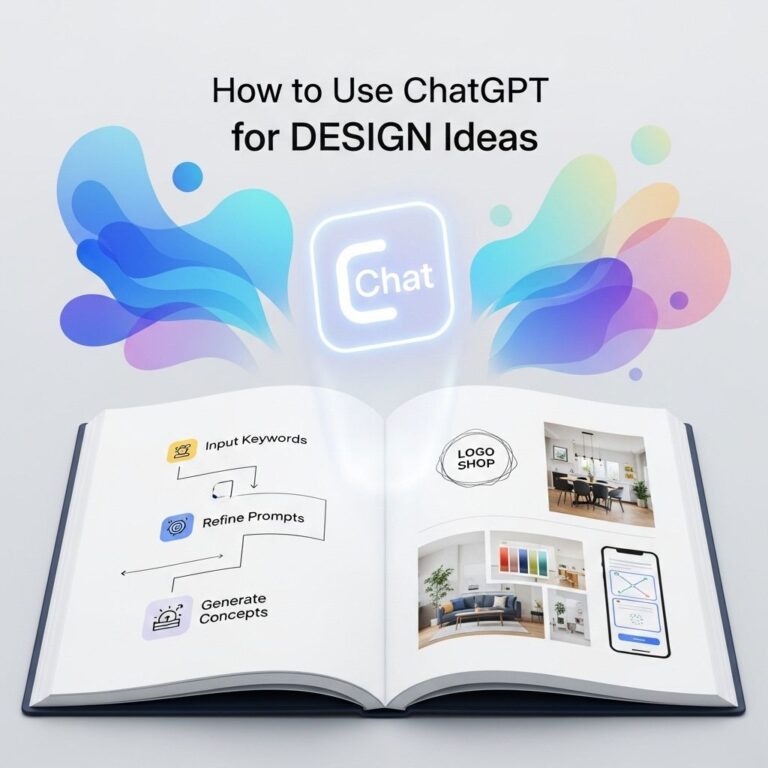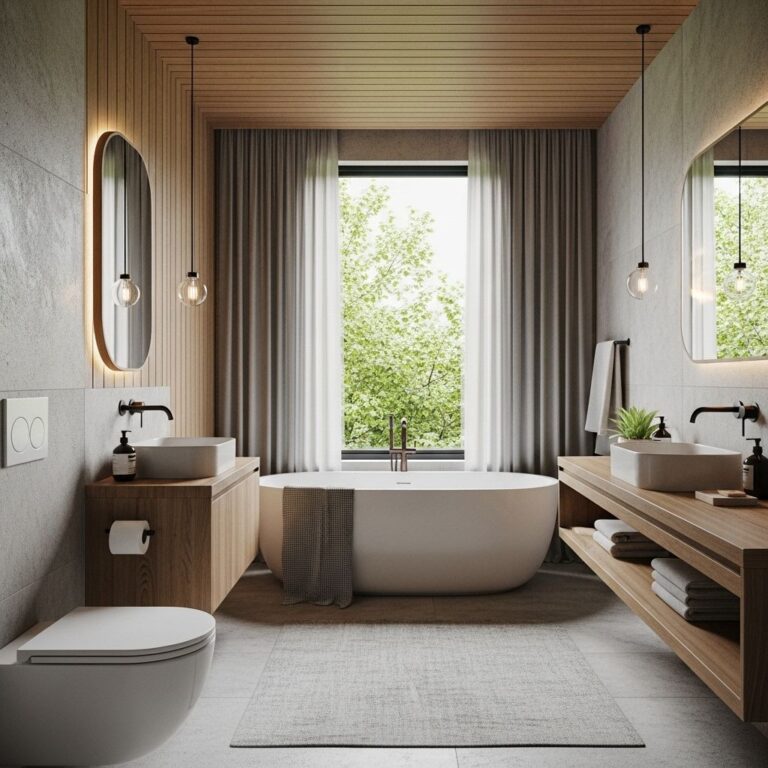In the realm of visual communication, poster design stands as both an art and a science. A well-crafted poster not only conveys information but also captivates its audience and evokes emotion. Whether for advertising, events, or artistic expression, the layout of a poster plays a pivotal role in its effectiveness. This article delves into ten stunning poster design layouts that every designer should consider experimenting with. From minimalist aesthetics to vibrant collages, these layouts can inspire creativity and innovation in your projects.
Table of Contents
The Importance of Layout in Poster Design
The layout is the backbone of any poster design. It dictates how elements are arranged, how the eye moves across the design, and ultimately, how messages are communicated. Here are some critical factors to consider in poster layout:
- Hierarchy: Establish a clear hierarchy to guide the viewer’s attention.
- Spacing: Adequate whitespace can enhance legibility and focus.
- Contrast: Use contrasting colors and fonts to highlight key information.
- Balance: Strive for visual balance to create harmony in your designs.
1. The Grid System
One of the most popular layouts among designers is the grid system. Utilizing a grid allows for consistent alignment and spacing, ensuring a clean and organized look. It helps in arranging text and images cohesively without clutter.
Benefits of the Grid System
- Flexibility in arranging elements.
- Enhanced alignment and structure.
- Improved readability and accessibility.
2. The Rule of Thirds
A technique borrowed from photography, the rule of thirds divides your poster into a 3×3 grid. Placing key elements along these lines or intersections can create a more dynamic composition. This layout encourages the viewer to explore the poster more actively.
Implementation Tips
- Identify your focal point and place it at an intersection.
- Distribute other elements evenly across the grid.
- Experiment with text placement along the grid lines.
3. Asymmetrical Layouts
For those seeking a modern and avant-garde feel, asymmetrical layouts provide a refreshing alternative to traditional symmetry. While they may seem chaotic at first, they can create visual intrigue and engagement when executed well.
Key Considerations
- Utilize contrasting sizes and shapes to draw attention.
- Balance visual weight by distributing elements strategically.
- Keep the overall harmony intact to avoid a disjointed appearance.
4. Minimalist Design
Less is often more, especially in poster design. A minimalist layout uses a limited color palette, simple typography, and ample whitespace to deliver a clear and direct message. This approach emphasizes the essential elements without distraction.
Advantages of Minimalism
- Enhanced focus on the message.
- Timeless appeal for various audiences.
- Easy to reproduce across different mediums.
5. Collage Style
Collage-style posters combine various images, textures, and graphics to create a layered, vibrant effect. This layout allows designers to express creativity and tell a multifaceted story within a single frame.
Tips for Effective Collage Design
- Choose a cohesive color scheme to unify disparate elements.
- Experiment with different textures and patterns.
- Ensure that focal points are discernible among the chaos.
6. Infographic Layout
Infographics are an innovative way to present information visually. This layout combines graphics and data to educate and engage the audience. A well-designed infographic poster can condense complex information into digestible visuals.
Elements of Effective Infographics
- Clear data representation through charts and graphs.
- Consistent and harmonious color usage.
- Concise text that complements visuals.
7. Typography-Focused Design
Sometimes, typography can be the star of the show. A typography-focused layout elevates the text through creative arrangements, styles, and sizes. This approach is particularly effective for events, quotes, or branding material.
Creating Impact with Typography
- Experiment with font contrasts to emphasize key phrases.
- Consider custom lettering for a unique touch.
- Incorporate playful hierarchies to guide the viewer’s reading experience.
8. The Z Layout
The Z layout refers to the natural way the human eye scans a page, creating a ‘Z’ pattern. This layout is particularly useful for posters aiming to present a narrative or flow of information.
Utilizing the Z Layout
- Position your key elements along the Z path.
- Integrate visuals that encourage scanning from left to right.
- Use arrows or lines to lead the viewer’s eye along the Z.
9. The Circular Layout
Circular layouts draw the viewer’s attention to a central point, ideal for event posters or products. This layout creates a sense of movement and can be visually captivating.
Best Practices for Circular Designs
- Ensure that the central element is striking and engaging.
- Use radial balance for surrounding text and images.
- Incorporate circular motifs to unify the design.
10. The Diagonal Layout
Diagonal layouts create a sense of dynamism and energy. By positioning elements diagonally, designers can evoke action and lead the viewer’s gaze. This layout is particularly suitable for sports events or energetic brands.
Implementing Diagonal Elements
- Identify focal points and position them along diagonal lines.
- Use slanted graphics or text to enhance the effect.
- Maintain balance by evenly distributing weight across the layout.
Conclusion
Exploring different poster design layouts can dramatically enhance your design repertoire and effectiveness. Each layout offers unique advantages and can be adapted to fit various purposes and aesthetics. By understanding and experimenting with these layouts, designers can create stunning posters that not only inform but also inspire and engage their audience. Embrace creativity, challenge conventions, and elevate your design work by trying these layouts in your next project.
FAQ
What are the key elements of a stunning poster design?
A stunning poster design typically includes a strong focal point, effective use of typography, a balanced layout, and a harmonious color scheme.
How can I choose the right color scheme for my poster?
Choosing the right color scheme involves understanding the message of your poster, the emotions you want to evoke, and ensuring that the colors complement each other.
What typography styles work best for poster designs?
Bold and legible typography styles, such as sans-serif fonts for headings and serif fonts for body text, often work well to create visual interest and readability.
How can I incorporate images effectively in my poster design?
Incorporating images effectively means selecting high-quality visuals that align with your message, ensuring they are appropriately sized, and placing them strategically to enhance the overall composition.
What layout ideas can make my poster stand out?
Consider using grid layouts, asymmetrical designs, or layering elements to create depth, as well as experimenting with negative space to draw attention to key information.
How do I ensure my poster is print-ready?
To ensure your poster is print-ready, check that the resolution is at least 300 DPI, use CMYK color mode, and include bleed areas if necessary for trimming.









